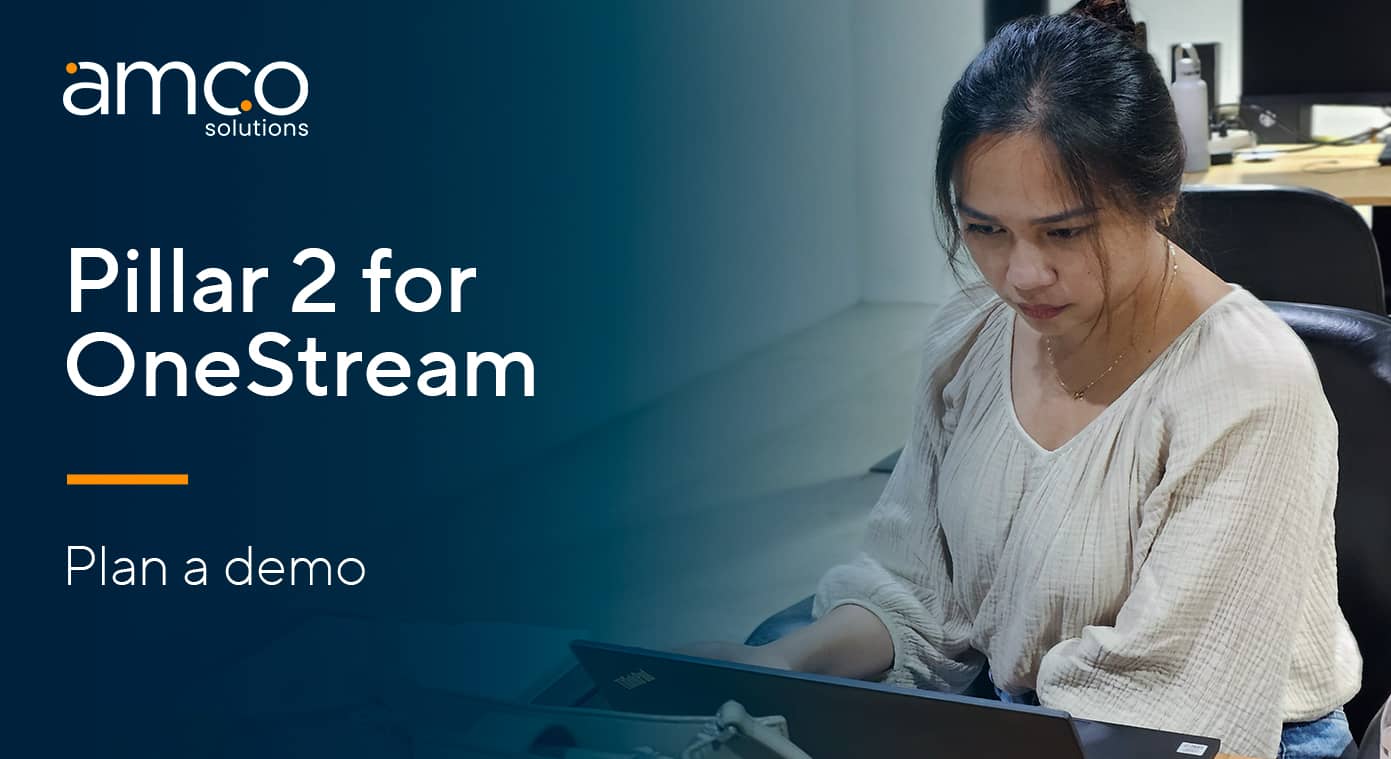As the implementation of the new global minimum tax under BEPS Pillar Two looms on the horizon, MNE’s are gearing up to navigate the complexities that come with it. In this guide, we break down the process of calculating the Pillar Two top-up tax in five essential steps. Understanding these steps is crucial for ensuring compliance and effective tax planning in the post-2024 landscape.
Step 1: Scoping - Identifying Constituent Entities
The first step involves scoping, determining which group entities are subject to the Pillar Two top-up tax.
This process includes fully consolidated companies, entities consolidated for materiality reasons, and permanent establishments treated as separate entities. Excluded entities and special cases, such as joint ventures, must also be considered.
Successful implementation requires close collaboration between accounting and tax departments to correctly identify and qualify "constituent entities."
Step 2: Income Calculation ("GloBE Income or Loss")
Calculating income, based on the applicable accounting standard, presents challenges.
The sum of income is derived from constituent entities' results before consolidation bookings. Complications arise when dealing with entities applying local accounting standards and ensuring consistent application of group accounting standards.
Addressing these challenges often involves adjusting accounting processes and introducing IT-supported solutions.
Step 3: Calculation of the Tax Burden ("Covered Taxes")
Determining the tax burden involves adjusting current and deferred taxes recorded in individual financial statements.
Complexities arise due to unclear regulations, especially concerning deferred taxes. Managing elements like deferred tax burden, subject to a complex exemption rule, poses challenges. Companies are exploring IT-supported processes to handle these complexities efficiently.
Step 4: Calculate the Tax Rate and Top-Up Tax
Calculating the Effective Tax Rate (ETR) involves assessing the tax burden (step 3) against income (step 2).
If the ETR falls below 15%, top-up tax is incurred to ensure a minimum income taxation of 15%. Exemptions may apply for proven investments in "substance." Anticipated simplifications ("safe harbors") from OECD and EU may further ease compliance for taxpayers and tax authorities.
Step 5: Tax Liability under the Income Inclusion Rule
If top-up tax is unavoidable, determining which constituent entity bears the tax payment obligation becomes crucial.
While the ultimate parent entity is typically responsible, exceptions exist, especially for fully consolidated holding companies with minority shareholders over 20%. Consideration must be given to potential domestic top-up tax obligations in the country of residence.
Conclusion:
Mastering the BEPS Pillar Two top-up tax calculation involves navigating through complex regulations, collaboration between departments, and potentially implementing IT-supported processes. By understanding each step and proactively addressing challenges, companies can position themselves to meet compliance requirements and make informed tax planning decisions in the evolving global tax landscape.
Find out how BEPS Pillar Two affects your business and see how Onestream can streamline compliancy
Discover BEPS Pillar 2 software
Don't let complex tax requirements slow you down. Equip your team with the tools they need to ensure compliance and strategic decision-making. Take the next step toward a streamlined BEPS Pillar Two journey.
Don't let complex tax requirements slow you down. Equip your team with the tools they need to ensure compliance and strategic decision-making. Take the next step toward a streamlined BEPS Pillar Two journey.
Related Resources

What is BEPS Pillar two?
This BEPS Pillar 2 guide explains this new important topic in international taxation.

Discover Pillar 2 for OneStream
Learn about the implications of BEPS Pillar 2 and get a comprehensive overview of the solution and how to prevent non compliance, double taxation and inefficient tax planning

Tax Provisioning for OneStream
Unite corporate finance with your tax processes. Unify these functions and improve efficiency, accuracy and the speed of tax reporting all within the OneStream platform


